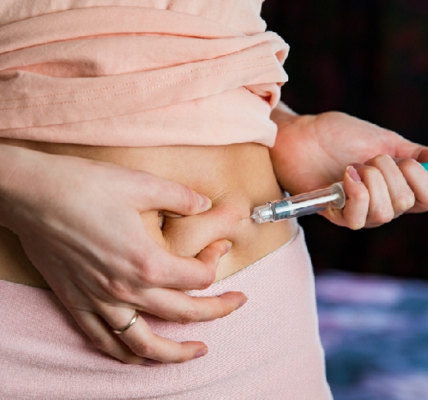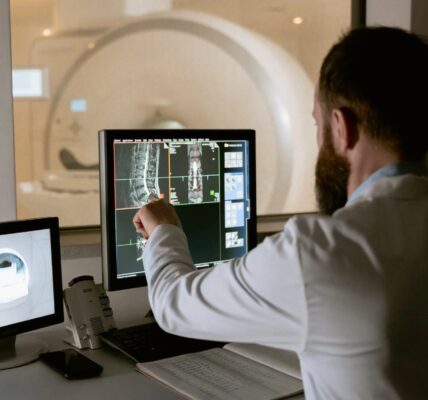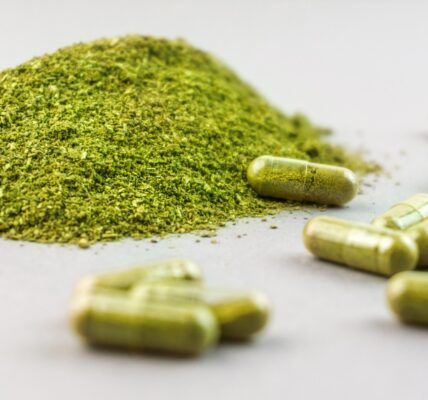Bulimia nervosa, according to the Lecturio Medical Library is a dietary problem set apart by intermittent scenes of voraciously consuming food joined by unseemly compensatory practices (purgatives or diuretics use, self-prompted regurgitating, fasting, or over the top exercise) to balance the impacts of pigging out and forestall weight gain. These scenes happen to some degree twice week by week for something like 3 months. Patients have typical body weight (or are somewhat overweight). Treatment comprises of a mix of psychotherapy and pharmacotherapy.
Outline
Definition
Bulimia nervosa is a dietary issue portrayed by intermittent scenes of pigging out (burning-through a bigger than-fitting measure of food in a set timeframe) joined by unseemly compensatory conduct (cleansing).
The study of disease transmission
Lifetime pervasiveness: 1%
Ladies matured 18–35 most generally influenced
More pervasive in ladies
Later beginning in youthfulness than in anorexia nervosa
Pathophysiology
No agreement on pathophysiology
Might be identified with unusual working of corticolimbic circuits (engaged with craving)
Adequacy of antidepressants just as set up connect among serotonin and satiety propose the association of serotonin and norepinephrine in the pathophysiology of bulimia.
Determination
History
Determination is clinical, in view of explicit models:
Intermittent long winded pigging out followed by sensations of revulsion and culpability
Intermittent improper compensatory practices to forestall weight gain, including:
Utilization of purgatives or diuretics
Self-instigated regurgitating
Fasting
Extreme exercise
Extreme accentuation on body shape or weight
Something like 2 scenes each week for a long time
Gorging and compensatory conduct don’t happen only during scenes of anorexia nervosa.
Actual test
Explicit test discoveries can be reminiscent of dietary problems:
BMI > 18.5 kg/m2
Simple fatigability
Orthostatic hypotension
Actual signs predictable with self-prompted retching:
Enlarging of the salivary organs
Dental caries
Scars or calluses on the hand from contact with the teeth (Russell sign)
Parchedness
Feminine abnormalities
Mallory-Weiss disorder
Bulging
Obstruction
Lab discoveries
However not indicative, certain lab discoveries are reminiscent of bulimia:
Expanded serum amylase because of parotid organ hypertrophy
Electrolyte irregularities (hypokalemia, hypochloremia), which happen because of spewing and over the top renal loss of potassium
Metabolic alkalosis (because of repetitive corrosive misfortune in upchuck)
The board
The board
The first line treatment is a mix of psychotherapy and pharmacotherapy.
Psychotherapy:
The pillar of treatment is CBT.
Objective is to standardize patient’s eating conduct and stay away from damaging pigging out scenes.
CBT alone outcomes in preferable results over drugs alone.
Pharmacotherapy:
Particular serotonin reuptake inhibitors (SSRIs; e.g., fluoxetine) are liked.
Different choices: tricyclic antidepressants, monoamine oxidase inhibitors, and disposition stabilizers
Bupropion is contraindicated in bulimia nervosa (may incite seizures).
Aide treatment:
Nourishing recovery: need a nutritionist manual for assist with supplanting dietary stores
Hospitalization might be fundamental in instances of:
Disappointment of short term treatment
Self-harming conduct
Expanded danger of self-destructive propensities
Extreme electrolyte or metabolic anomaly
Guess
Higher paces of abatement and recuperation than in anorexia nervosa
Patients with comorbid substance use for the most part have more awful results.
Differential Diagnosis
Anorexia nervosa: a dietary issue described by serious dread of putting on weight, confined dietary propensities, and twisted self-perception. Patients influenced by anorexia nervosa are typically underweight and hesitant to look for clinical assistance. Treatment includes CBT with energizer medicine as an extra. Outrageous cases might require hospitalization.
Voraciously consuming food issue: a dietary problem set apart by intermittent scenes of gorging without unseemly compensatory conduct, bringing about fluctuating body weight. Scenes happen to some degree once every week for quite some time. Treatment comprises of a mix of psychotherapy and pharmacotherapy.
Rumination problem: rehashed disgorging of food, which might be re-bitten, re-gulped, or let out, and which isn’t because of an overall ailment (e.g., GERD). Treatment includes different CBT procedures, including biofeedback psychotherapy, just as prescription when proper (e.g., proton siphon inhibitors).
Kleine-Levin condition (KLS): otherwise called “resting excellence disorder,” an exceptionally uncommon rest problem that incorporates intermittent scenes of hypersomnia that presents with social or intellectual anomalies, including impulsive eating and hypersexuality. Ptients with KLS don’t have a devastating apprehension of weight gain or spot a lot of self-esteem on their body weight and shape, dissimilar to patients with bulimia nervosa.











